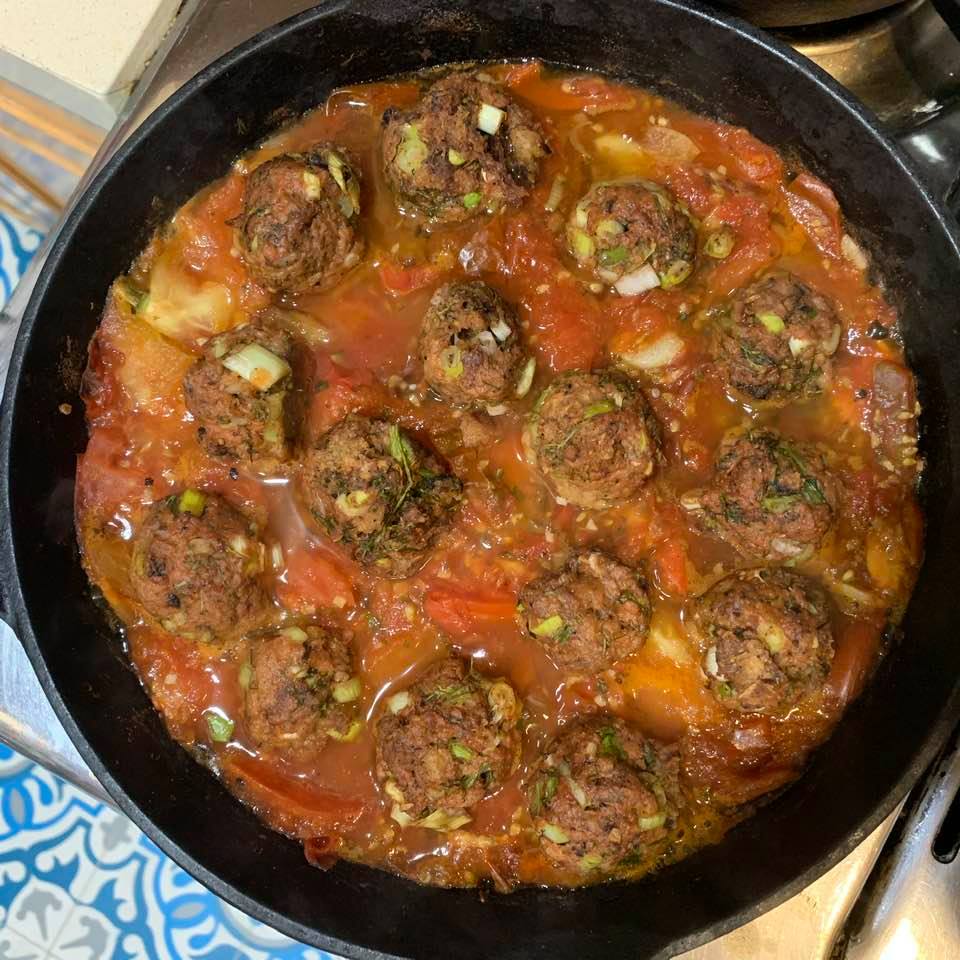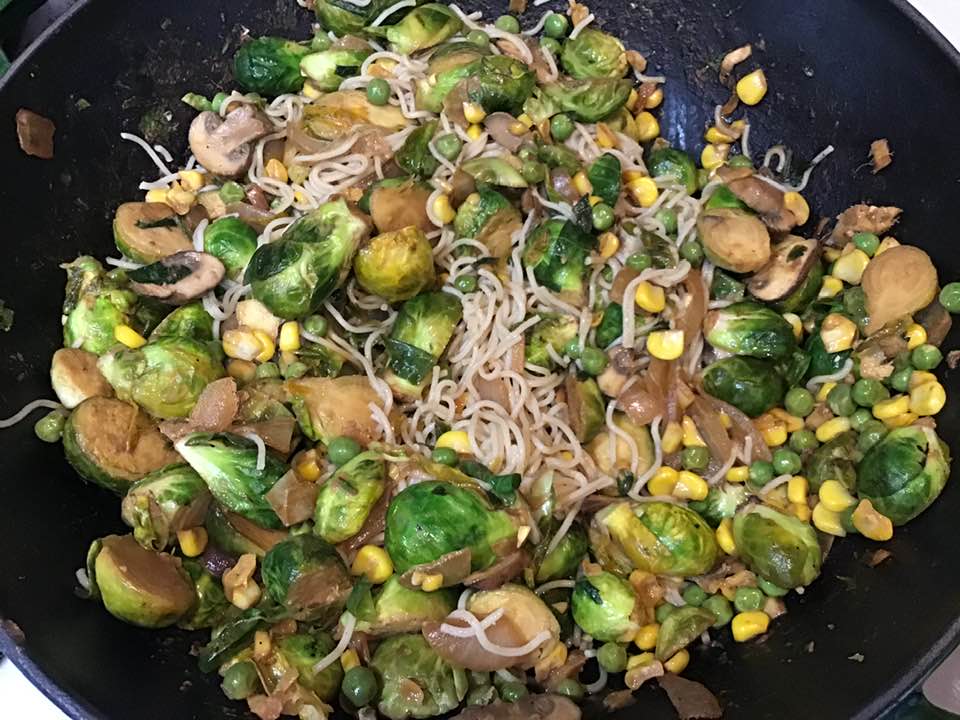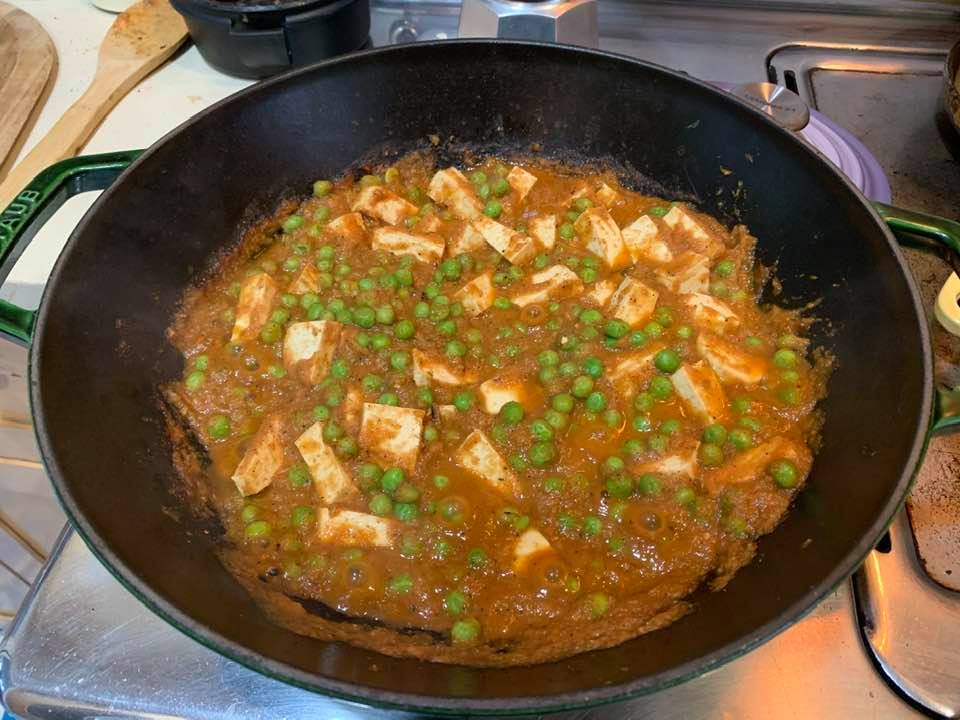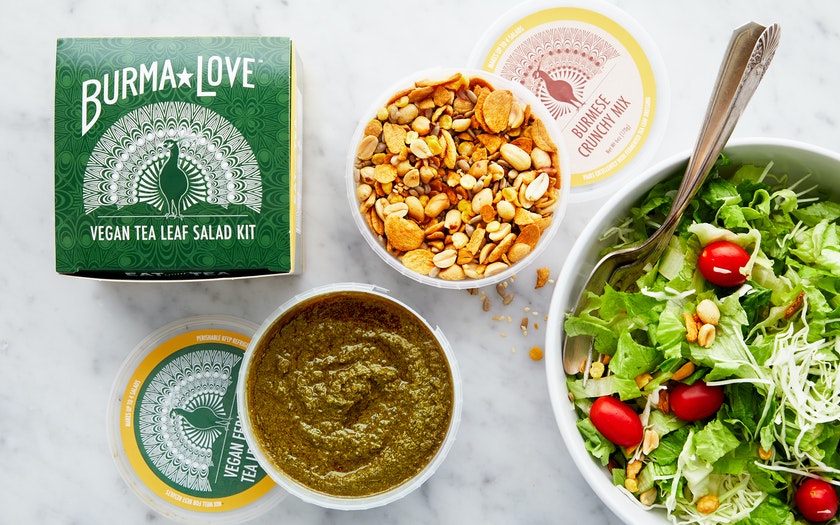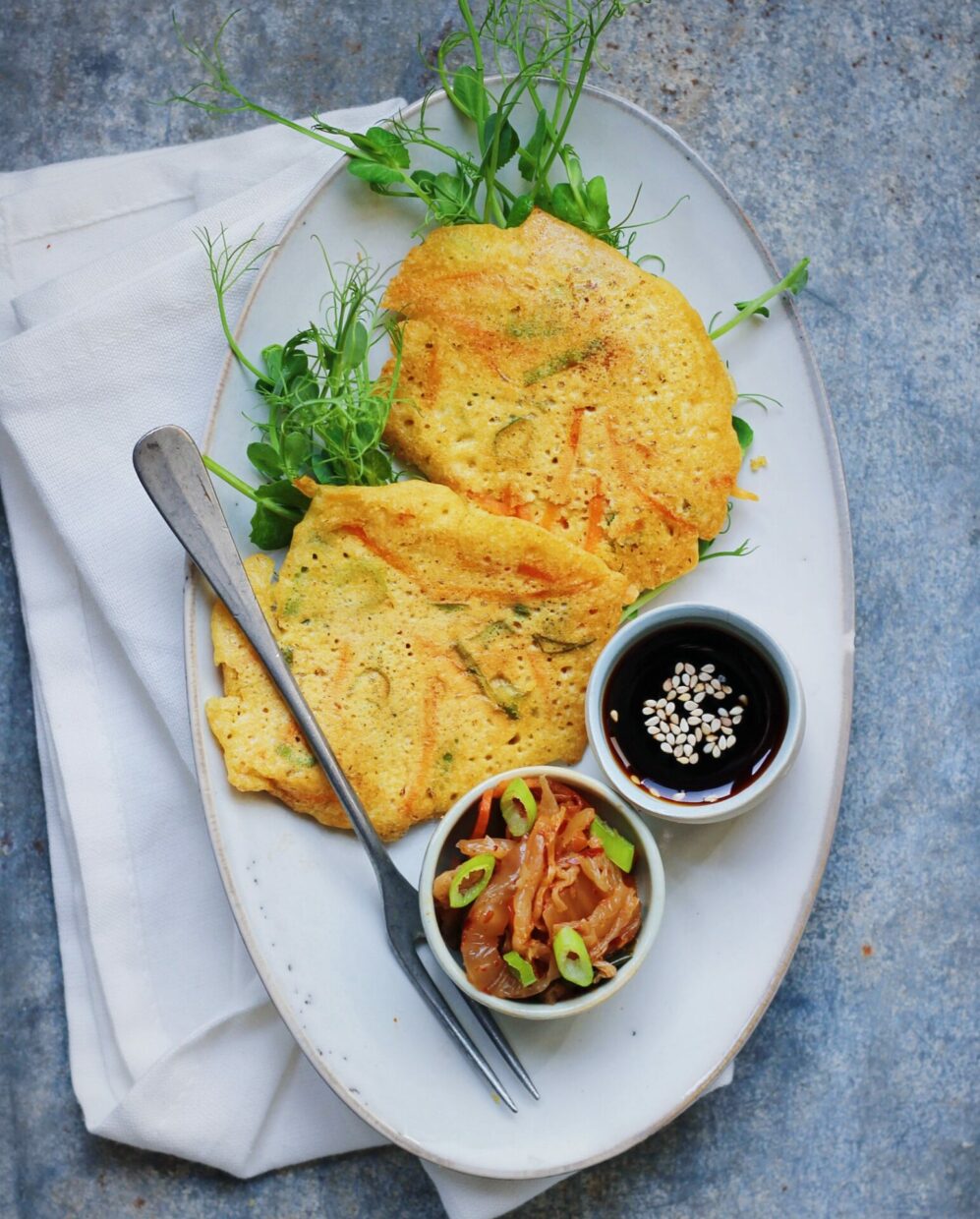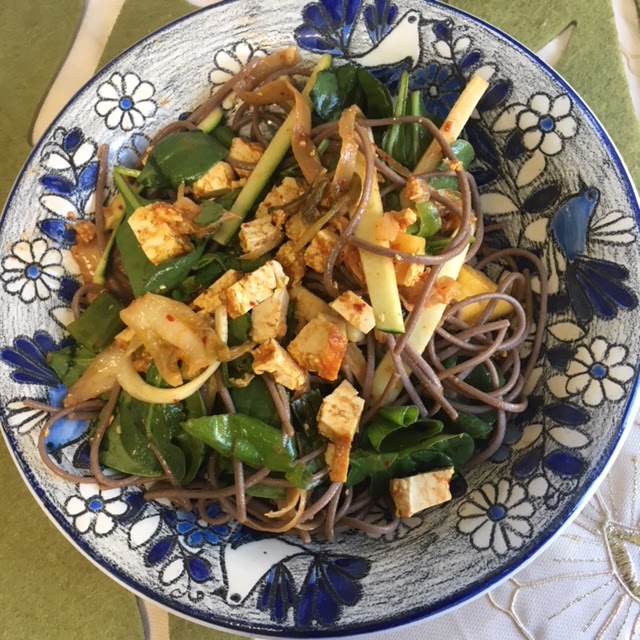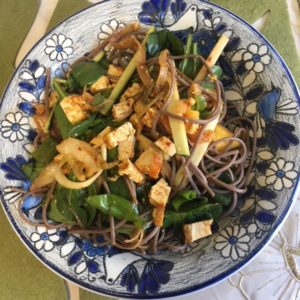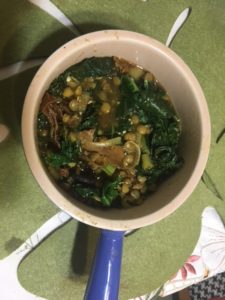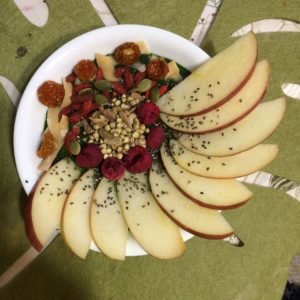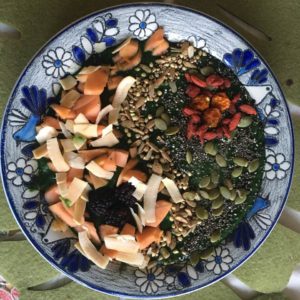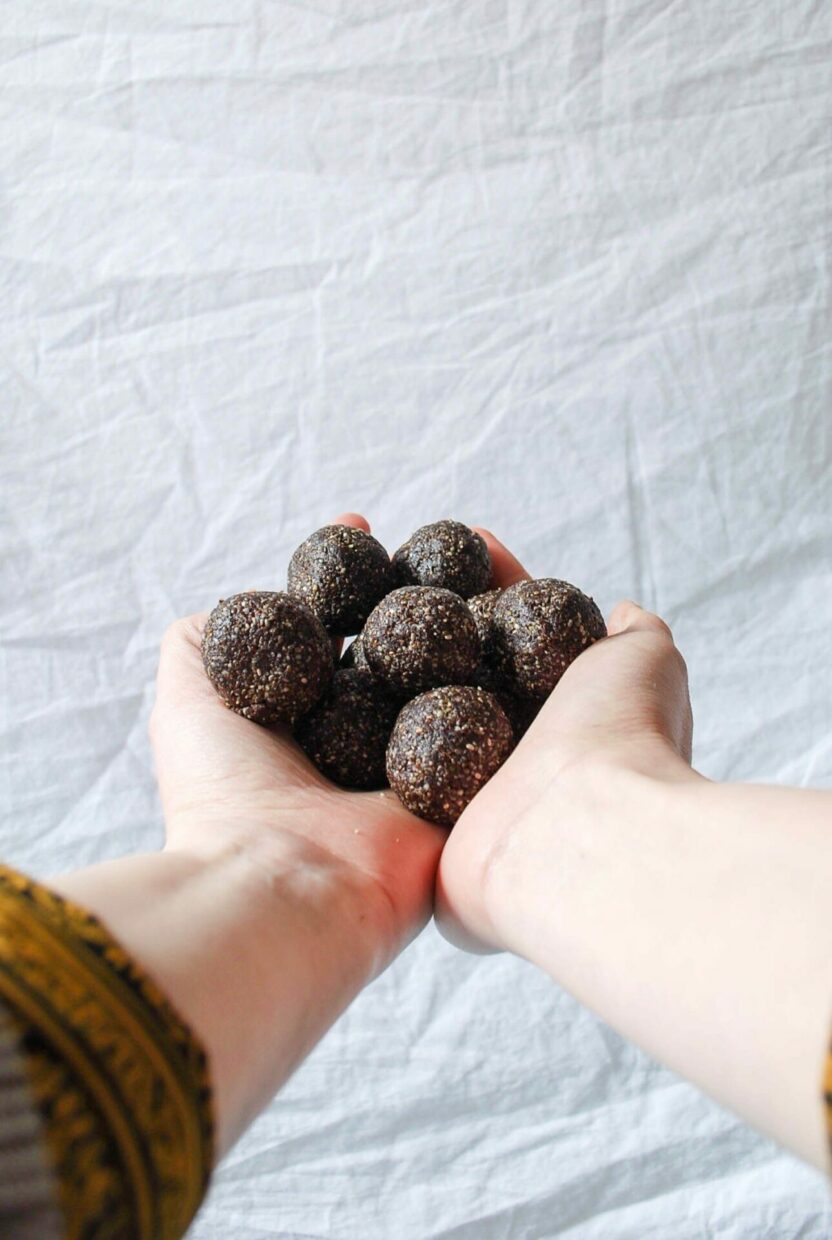When I became vegan, mind-bending meat substitutes like Beyond Meat did not exist. During my fellowship at Harvard’s Animal Law & Policy Program last fall I was amazed to attend talks by leaders in the plant-based meat substitute industry–we’re in for a world in which, should we choose wisely, we can minimize an enormous amount of suffering.
I did like meatballs quite a bit as a kid, so having the option to enjoy them cruelty-free has been a real boon. You can buy the formed burgers (they sell them in boxes of two) but a much more economic option is to get the ground beef package. With a little bit of kitchen magic, this transforms into something that transports you to childhood.
Ingredients
For the meatballs:
- 1 package Beyond Beef
- 1 slice of bread (whole wheat or sourdough, something sturdy, works best, but don’t sweat it if you have something else)
- 1/3 large onion, minced
- 1 large handful of fresh parsley
- 1/2 tsp cumin
- 1 tsp tomato paste (optional)
- a little bit of salt and pepper
- enough olive oil to coat the bottom of a large pan
For the sauce:
- 6-7 tomatoes, thinly sliced (this calls for truly wonderful tomatoes, because it’s a very simple sauce without seasoning.)
- 1 tsp olive oil
- THAT’S IT!
First, make the sauce. Heat the olive oil in the pan and add all the tomatoes. When they start sweating, lower the heat and cook on low heat until the sauce reduces somewhat.
Toast the slice of bread until deeply browned, then soak in water for a few minutes. Wring water out of the bread and tear it into a few pieces. Place the toasted, wet bread pieces in a food processor with all the ingredients except the olive oil and pulse until mixed and sticky (it can stay a bit chunky.)
Heat up olive oil in a pan. With damp hands, form 1/5” diameter balls, flatten them a bit. Place them in the hot pan and fry until the bottom is golden (about 2-3 mins), then flip over to the other side (the newer ones will be done faster because of the pan temperature.)
As soon as you finish frying the meatballs, drop them into the tomato sauce in the other pan and cook for a few minutes.
You can eat this over mashed potatoes or pasta, or put this in a meatball sandwich. And you can substitute more complex tomato sauces if you desire.

